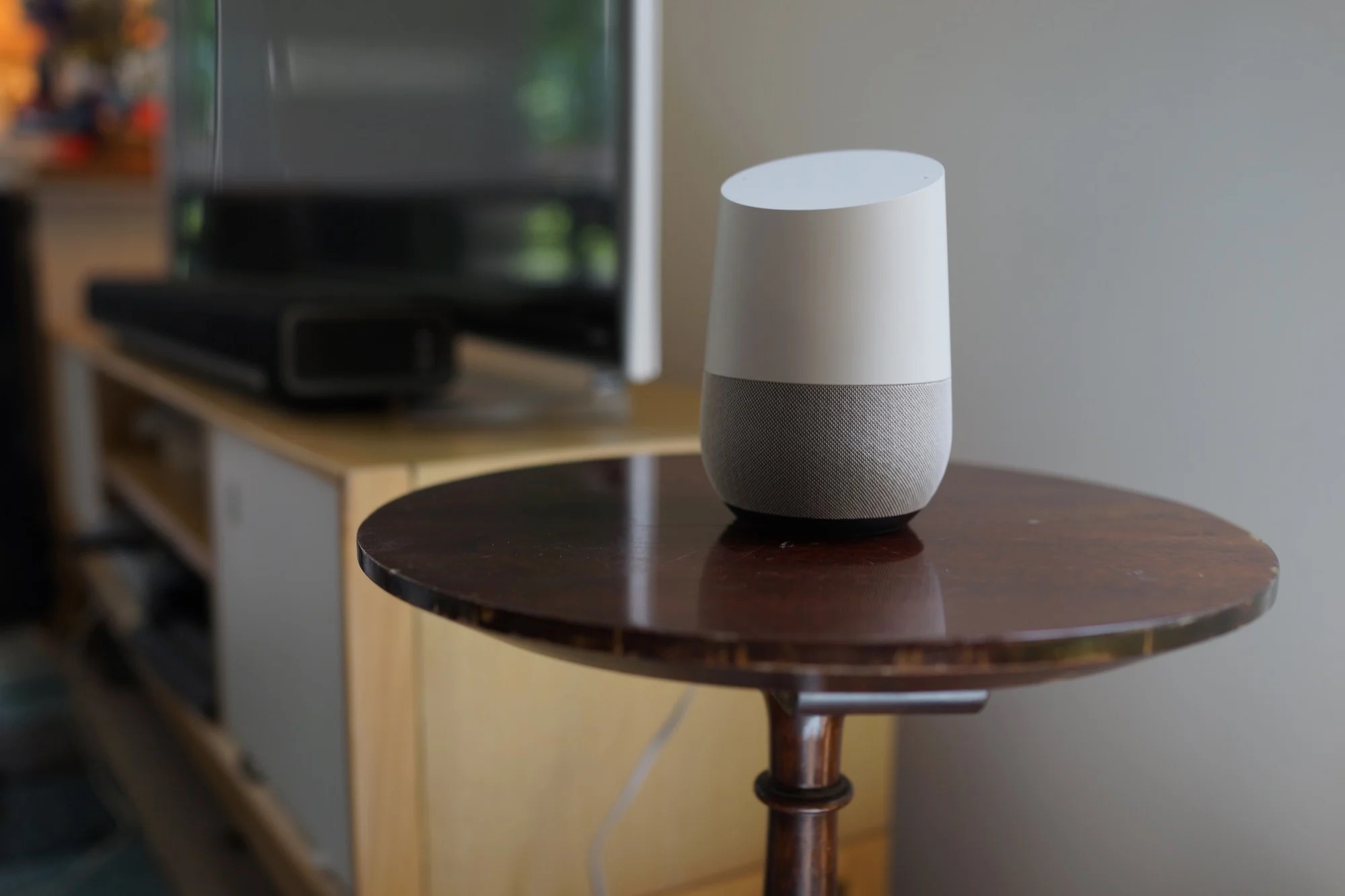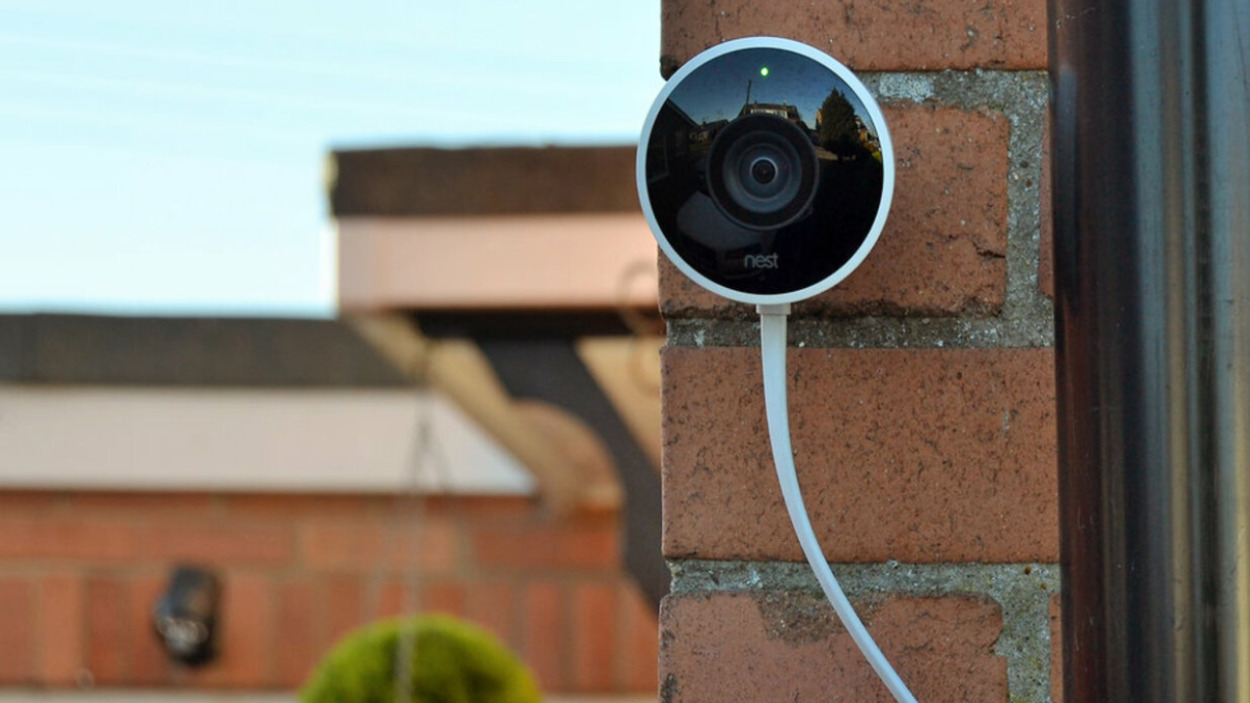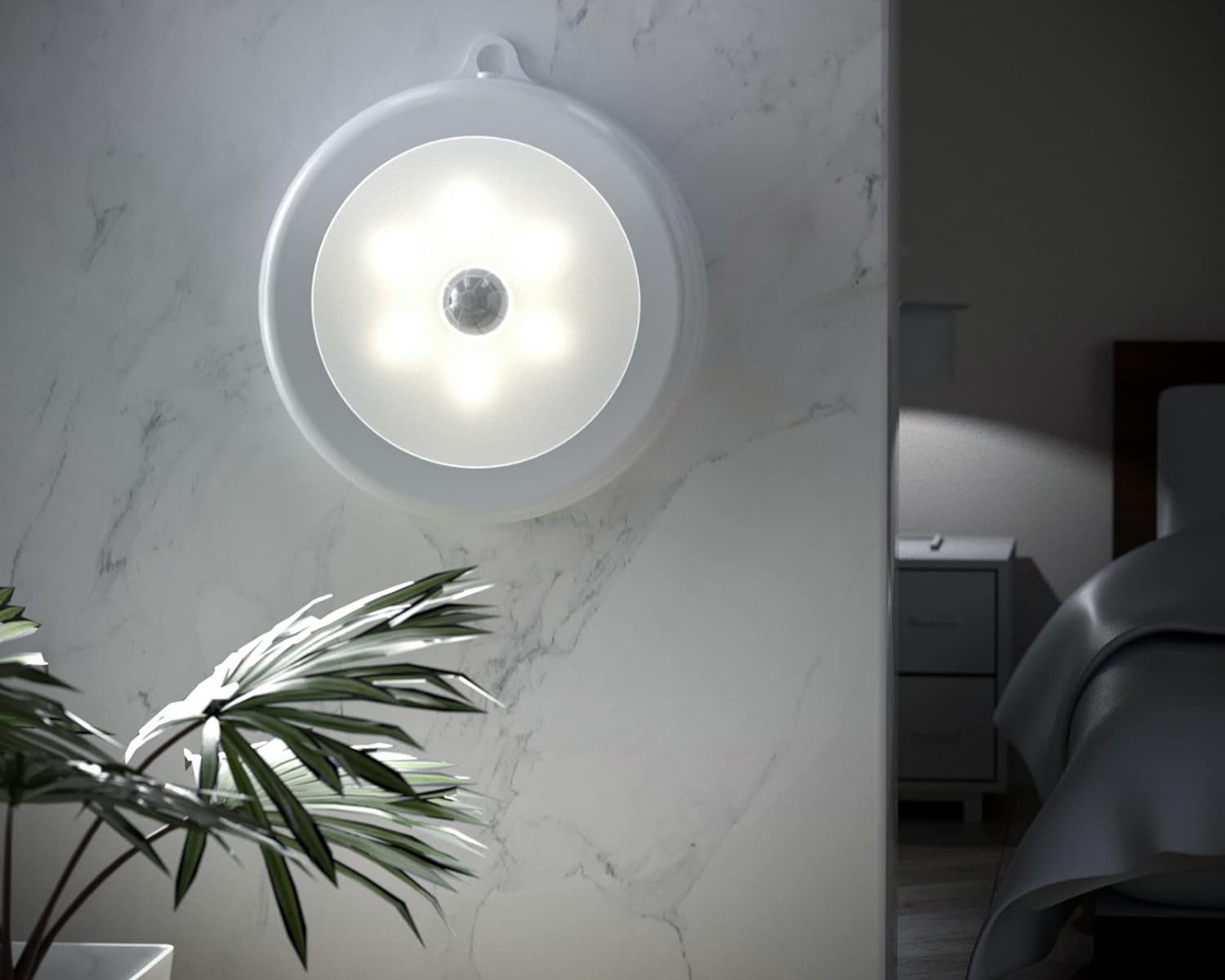

Articles
How To Turn Off The Power In Your Home
Modified: May 6, 2024
Learn how to conveniently turn off the power in your home with our informative articles.
(Many of the links in this article redirect to a specific reviewed product. Your purchase of these products through affiliate links helps to generate commission for Storables.com, at no extra cost. Learn more)
Introduction
Welcome to the practical guide on how to turn off the power in your home. Whether you need to perform electrical repairs, replace a fixture, or simply ensure your safety during a power outage, it’s essential to know how to properly shut off the power to your house.
Turning off the power is a crucial step in any electrical work. It prevents the risk of electrocution, protects your devices from power surges, and helps maintain the overall safety of your home. In this article, we will walk you through the steps of turning off the power in your home, ensuring that you can confidently handle any electrical task.
Before we dive into the step-by-step process, it’s important to understand that working with electricity can be dangerous. If you’re unfamiliar or uncomfortable with any electrical procedure, always consult a licensed electrician. Safety should be your top priority when dealing with electrical systems.
Now, let’s get started with the first step in turning off the power in your home.
Key Takeaways:
- Prioritize safety by learning how to locate the main electrical panel, identify the main disconnect switch, and switch off the power in your home. This essential skill empowers you to handle electrical tasks confidently and protect your household.
- Enhance safety during power shutdowns by considering additional steps such as unplugging sensitive electronics, labeling circuit breakers, notifying others, using safety gear, and following electrical code regulations. These measures minimize the risk of electrical damage and ensure a safer working environment.
Read more: How To Turn Off Power To Doorbell
Step 1: Locate the Main Electrical Panel
The main electrical panel, also known as the breaker box or distribution board, houses all the circuit breakers or fuses that control the flow of electricity in your home. It’s the central hub for your electrical system, where you can easily access and control the power supply to different areas of your house.
To locate the main electrical panel, you’ll generally find it in a utility room, basement, garage, or outside of your house. It’s usually a metal or plastic box with a hinged door. Here’s how you can find it:
- Start by taking a walk around your house, looking for a box-like structure.
- Check in areas where the utilities are typically located, such as the basement or garage.
- If you can’t find it inside, check the exterior walls of your house where the electric meter is installed.
- The main electrical panel is often in close proximity to the electric meter.
Once you’ve located the main electrical panel, it’s crucial to ensure a safe working environment. Clear any obstructions around the panel and make sure the area is well-lit. Keep in mind that moisture or wet conditions can create additional hazards, so avoid working on the panel if it’s damp.
With the main electrical panel now located and prepared, let’s move on to the next step, where we will identify the main disconnect switch.
Step 2: Identify the Main Disconnect Switch
The main disconnect switch is a vital component in the main electrical panel that allows you to shut off power to the entire house. It serves as the master shut-off switch, disconnecting the electrical supply from the utility grid to your home. Here’s how you can identify the main disconnect switch:
- Open the main electrical panel door by lifting the latch or removing the screws, depending on the panel’s design.
- Once inside, you’ll see a collection of circuit breakers or fuses arranged in rows or columns. These control the individual circuits in your home.
- Look for a large switch or set of switches at the top or bottom of the panel. This is typically the main disconnect switch.
- The main disconnect switch is usually larger than the other circuit breakers, and it may be labeled as “Main,” “Main Disconnect,” or “Service Disconnect.”
It’s important to note that in some older homes, the main disconnect switch may not be located in the main electrical panel. In such cases, you may need to consult the original electrical plans or seek the assistance of a professional electrician to locate the main disconnect switch.
Once you’ve identified the main disconnect switch, you’re ready to move on to the next step, where we will switch off the main disconnect switch to cut off power to your home.
Step 3: Switch Off the Main Disconnect Switch
Now that you have located the main disconnect switch, it’s time to switch it off to cut off power to your home. This step ensures that no electrical current is flowing through the circuits, providing a safe environment for you to work on electrical projects or in case of an emergency. Follow these steps to switch off the main disconnect switch:
- Ensure that you are wearing dry rubber-insulated gloves to protect yourself from any accidental electrical shocks.
- Make sure you have a clear line of sight to the switch and that there are no obstructions.
- Reach out and firmly grip the handle of the main disconnect switch.
- Carefully move the switch from the “On” or “Up” position to the “Off” or “Down” position.
- You may hear a click or notice the switch visibly move, indicating that the power has been cut off.
Remember, switching off the main disconnect switch cuts off power to the entire house, so be prepared for all electrical appliances and lights to go off. This step is necessary to ensure your safety and avoid any potential electrocution risks.
Once the main disconnect switch is in the “Off” position, double-check that the power has indeed been shut off by testing a few lights or electrical outlets in your home. If the power is still on, there may be another disconnect switch or a separate breaker for specific circuits. In such cases, additional troubleshooting or professional help may be required.
With the main disconnect switch effectively turned off, let’s proceed to the next step to ensure a proper power shutdown.
Before turning off the power in your home, make sure to unplug any sensitive electronic devices to prevent damage from power surges when the power is restored.
Step 4: Double-Check Power Shutdown
After switching off the main disconnect switch, it’s important to double-check that the power to your home has been properly shut down. This ensures that no electrical current is flowing through the circuits and provides a safe working environment. Follow these steps to verify the power shutdown:
- Start by testing a few lights and electrical outlets throughout your home. Try turning on and off different switches to see if they are still functioning.
- If the lights or outlets are still working, it’s possible that there may be a second disconnect switch or a separate circuit breaker controlling these specific areas. In such cases, you may need to locate and switch off those as well.
- Use a non-contact voltage tester or a multimeter to check for any remaining electrical current. Follow the manufacturer’s instructions on how to use these tools safely.
- Place the voltage tester near an electrical outlet or on the electrical panel itself. If there is still voltage detected, it means that the power has not been completely shut off. Double-check all the switches and breakers to ensure they are in the “Off” position.
- In some cases, particularly with complex electrical systems or older homes, it may be necessary to consult a licensed electrician to ensure a proper power shutdown.
Remember, the goal is to have all power sources in your home completely turned off to eliminate the risk of electric shock or injury when working on electrical projects.
Once you’ve double-checked and confirmed that the power has been shut down, you can proceed with your electrical repairs or other tasks with peace of mind knowing that you’re working in a safe environment.
In the next step, we’ll provide some additional steps that you may consider taking to further enhance safety during power shutdowns.
Read more: How To Turn Off Intrusion Detection
Step 5: Additional Steps (optional)
While steps 1 to 4 cover the essential process of turning off the power in your home, there are a few additional steps you may consider taking to further enhance safety and protect your electrical equipment during power shutdowns. These steps are optional but can provide extra peace of mind. Here are some recommendations:
- Unplug sensitive electronic devices: Before shutting off the power, consider unplugging valuable or sensitive electronic devices such as computers, televisions, and audio equipment. This can protect them from power surges when the power is restored.
- Label the circuit breakers: Take the time to label the circuit breakers in your main electrical panel. This will make it easier to identify and isolate specific circuits in the future, saving time and effort.
- Notify others: If you’re working on the electrical system or performing maintenance that requires the power to be shut off, notify other household members to prevent any accidental power restoration or interference during your work.
- Use appropriate safety gear: Wear the necessary safety gear, such as safety goggles and insulated gloves, when working on electrical systems. This protects you from any potential hazards and reduces the risk of injury.
- Follow electrical code regulations: When undertaking any electrical work, it’s important to adhere to local electrical code regulations. This ensures that the electrical system is installed and maintained safely and meets the required standards.
By following these additional steps, you can minimize the risk of electrical damage and ensure a safer working environment during power shutdowns. Remember, if you are unsure about any electrical work, it is always best to seek professional assistance from a licensed electrician.
To conclude, turning off the power in your home is a necessary skill that every homeowner should possess. Understanding how to locate the main electrical panel, identify the main disconnect switch, and switch off the power provides you with the ability to perform electrical repairs and maintenance safely. Remember to always prioritize your safety and consult a professional when needed. Stay safe and confident when it comes to your home’s electrical system!
Conclusion
Learning how to turn off the power in your home is an essential skill that ensures your safety and allows you to conduct electrical work confidently. By following the step-by-step process outlined in this guide, you can easily locate the main electrical panel, identify the main disconnect switch, and switch off the power supply to your entire home.
Remember, safety should always be your top priority when working with electricity. If you are unsure or uncomfortable with any electrical procedure, it is always best to consult a licensed electrician. Electrical systems can be complex, and proper training and expertise are crucial for handling them safely.
By understanding how to turn off the power in your home, you can protect yourself from the risk of electrocution, prevent damage to your electrical devices, and maintain a safe environment for yourself and your family. This knowledge also empowers you to handle power outages or perform electrical repairs with confidence.
In addition to the core steps of locating the main electrical panel, identifying the main disconnect switch, and switching off the power, considering additional steps such as unplugging sensitive electronics, labeling circuit breakers, notifying others, using safety gear, and following electrical code regulations can further enhance safety during power shutdowns.
Remember that turning off the power cuts off electricity to your entire home, so it is important to double-check that the power has indeed been shut down before performing any electrical work. Use appropriate tools, such as non-contact voltage testers or multimeters, to ensure a proper power shutdown.
By following these guidelines and prioritizing safety, you can confidently handle electrical work, repairs, and emergencies in your home. As a responsible homeowner, knowing how to turn off the power in your home is an essential skill that contributes to the overall well-being and security of your household.
Now that you've mastered shutting down power at home, why not step up your game? Our latest guide on smart home technology offers insights into optimizing your living space with automation. You'll learn how setup can simplify daily routines and add a layer of efficiency to your lifestyle. Curious about integrating cutting-edge solutions in your household? Check out our detailed review on home automation devices that promise to transform your environment.
Frequently Asked Questions about How To Turn Off The Power In Your Home
Was this page helpful?
At Storables.com, we guarantee accurate and reliable information. Our content, validated by Expert Board Contributors, is crafted following stringent Editorial Policies. We're committed to providing you with well-researched, expert-backed insights for all your informational needs.















0 thoughts on “How To Turn Off The Power In Your Home”